Why don’t we talk about carnivals during this holiday season? They fit the mood since they’re also jolly, fun, and spectacular. There are numerous carnivals around the world and we had to choose one of them to fit in the digest. We decided to tell you about the Carnival of Venice, the most influential carnival when it comes to fashion. It has been inspiring artists, art historians, critics, and designers who love to reference this legendary event. Would you like to know more about the carnival and its famous masks? Keep scrolling!

The Carnival of Venice has always had ties with high fashion. Luxurious costumes still inspire many designers. Today, they are created using sketches of the famous couturiers. But that’s not the only intersection of fashion and the Carnival. For example, Pierre Cardin wrote the Venice Carnival song in 1996. But where did masks come from?
In the 18th century, during the heyday of the Carnival, the masks became the signature attribute of the event. However, back in the day, the masks had a whole different purpose. This tradition is a tribute to the history of the city.
Venice was a small city where everyone knew everyone. Masks were worn by criminals as a punishment and riches who wanted to visit brothels or gambling places anonymously. Obviously, those masks looked different from what we know today. The masks made it difficult to maintain order, so the government made wearing masks illegal for a year. The Carnival was the only exception.
The traditional Venetian masks are the Bauta, Dame, Cat, Plague Doctor, and Volto. Let’s take a closer look at them.

Plague Doctor is probably the most recognizable Venetian mask of them all. These masks were actually worn by doctors who visited and treated people sick with the plague. It is believed the mask and costume were invented by Charles de Lorme. The leather outfit was meant to protect the wearer from plague, and the long-beak mask was supposed to work as an air filter thanks to medicinal herbs inside. The doctors used to insert special sponges soaked in labdanum up their noses for additional protection.

In 16th-century Italy troupes of traveling comedy actors were very popular. Later they were called Commedia dell’arte. The most popular characters, such as Harlequin, Colombina, Pulcinella, etc., each had their unique traits and clothing styles. Performers acted wearing character masks that are now in demand among the carnival participants.

The Bauta mask is one of the most mysterious. Frankly speaking, this mask resembles death from medieval pictures. This is the mask Venetian aristocrats used to wear to remain anonymous in the streets. It was usually worn with a black cloak and triangular hat – the outfit allowed its wearer to become a shadow in the streets.

There is an anecdote about the Moretta mask. It was considered men’s favorite – Casanova said it made women especially attractive… because women couldn’t speak while wearing it. The thing is, wearers had to hold the masks with their teeth, which made them speechless for the whole night.

Another story is related to the Cat mask. Back in the day, there were almost no cats in Venice. People expressed their interest in cats using the carnival costumes. The tradition is still strong today.

Of course, Venetian costumes and anonymity themes keep inspiring fashion designers. Alexander McQueen, Maison Martin Margiela, Schiaparelli, Balenciaga, and Vetements loved playing with anonymity and implemented masks in their modern designs. And the street style photoshoots of the past few years prove that anonymity is a lasting trend.
Will you consider adding a mask to your holiday party look?
More posts about fashion events and personalities:
Fun styling tricks to try this winter




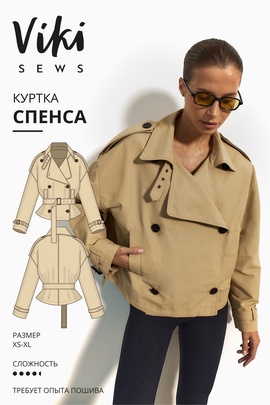
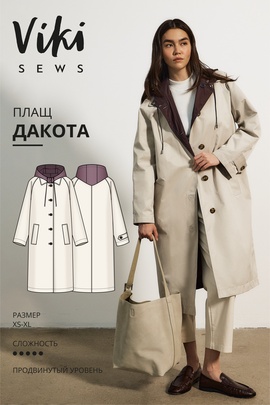
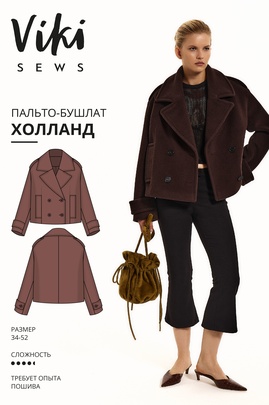
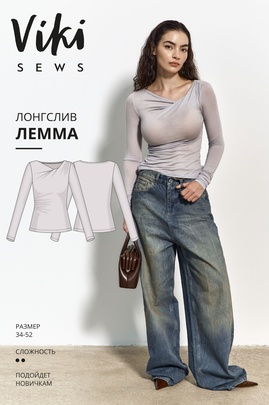
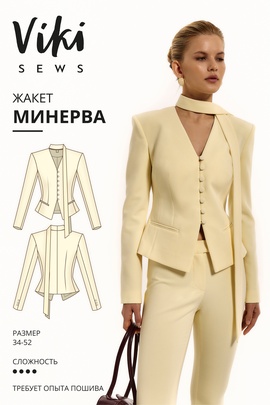
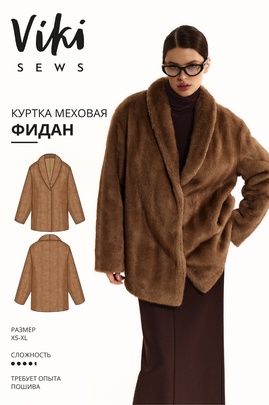
Здесь пока нет комментариев